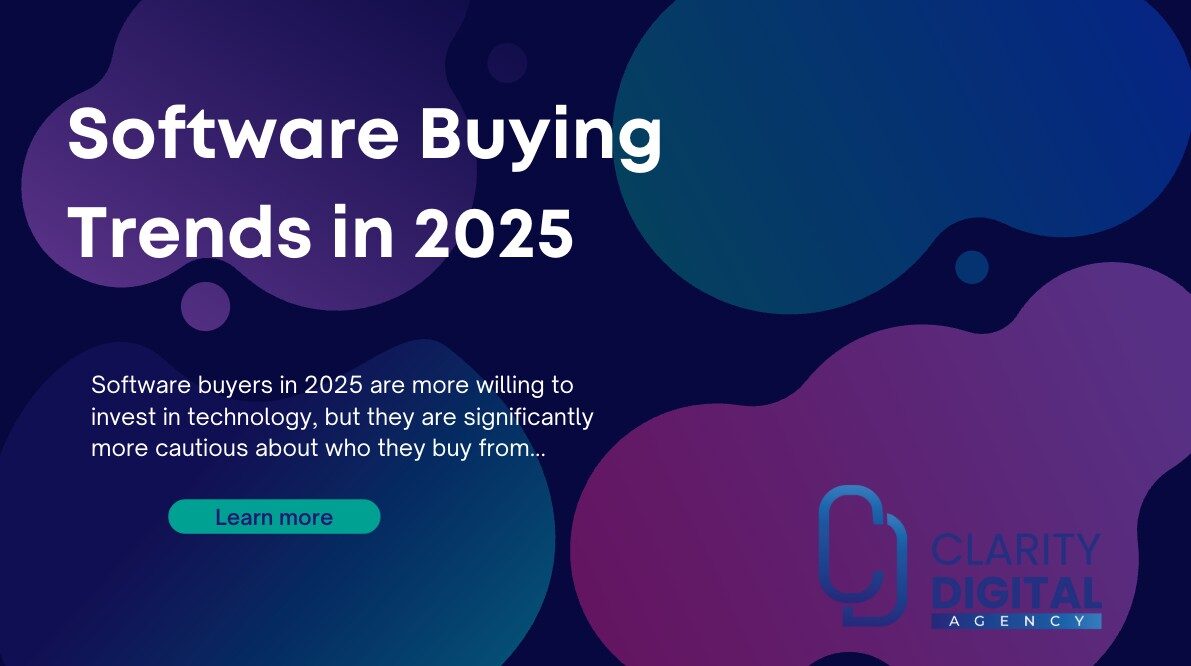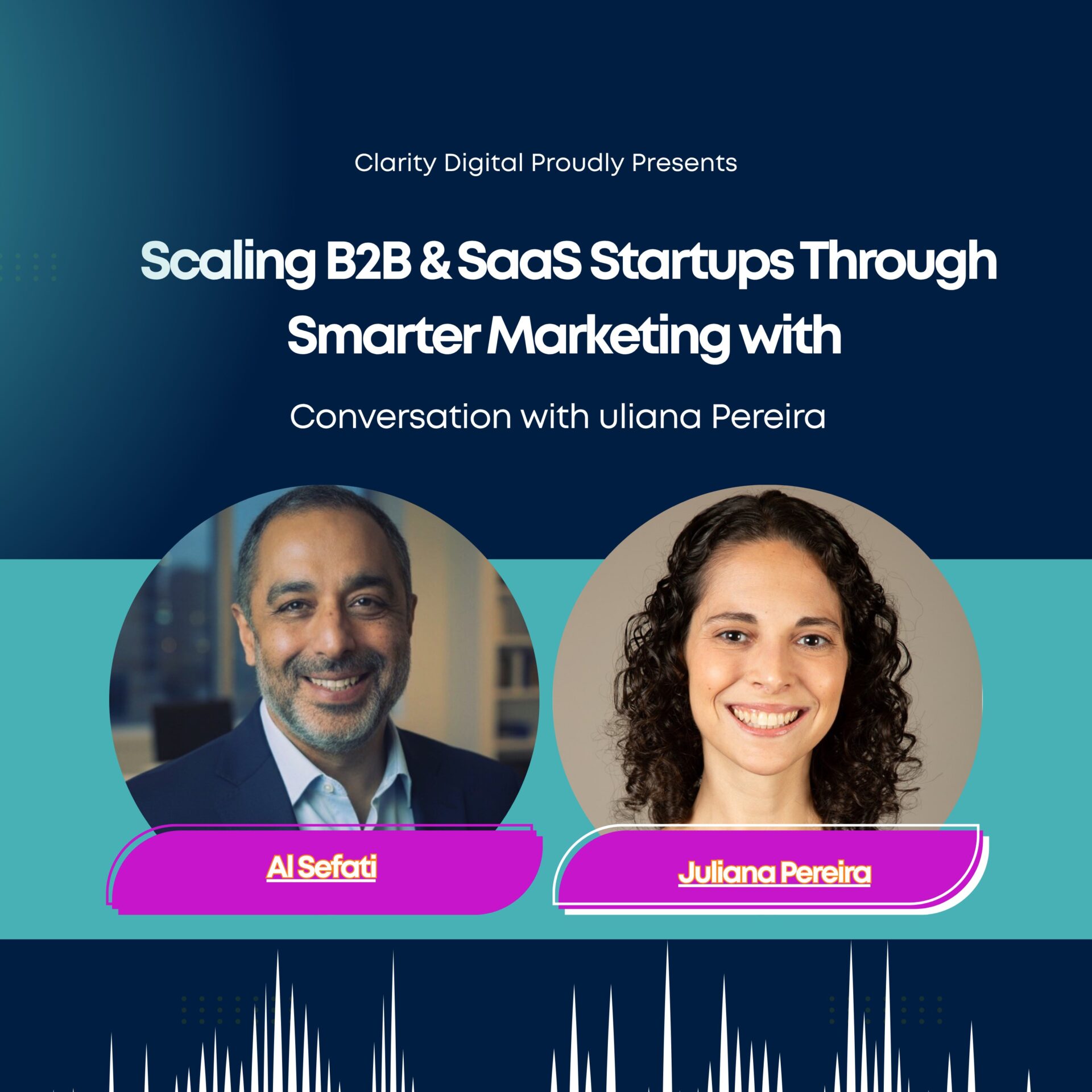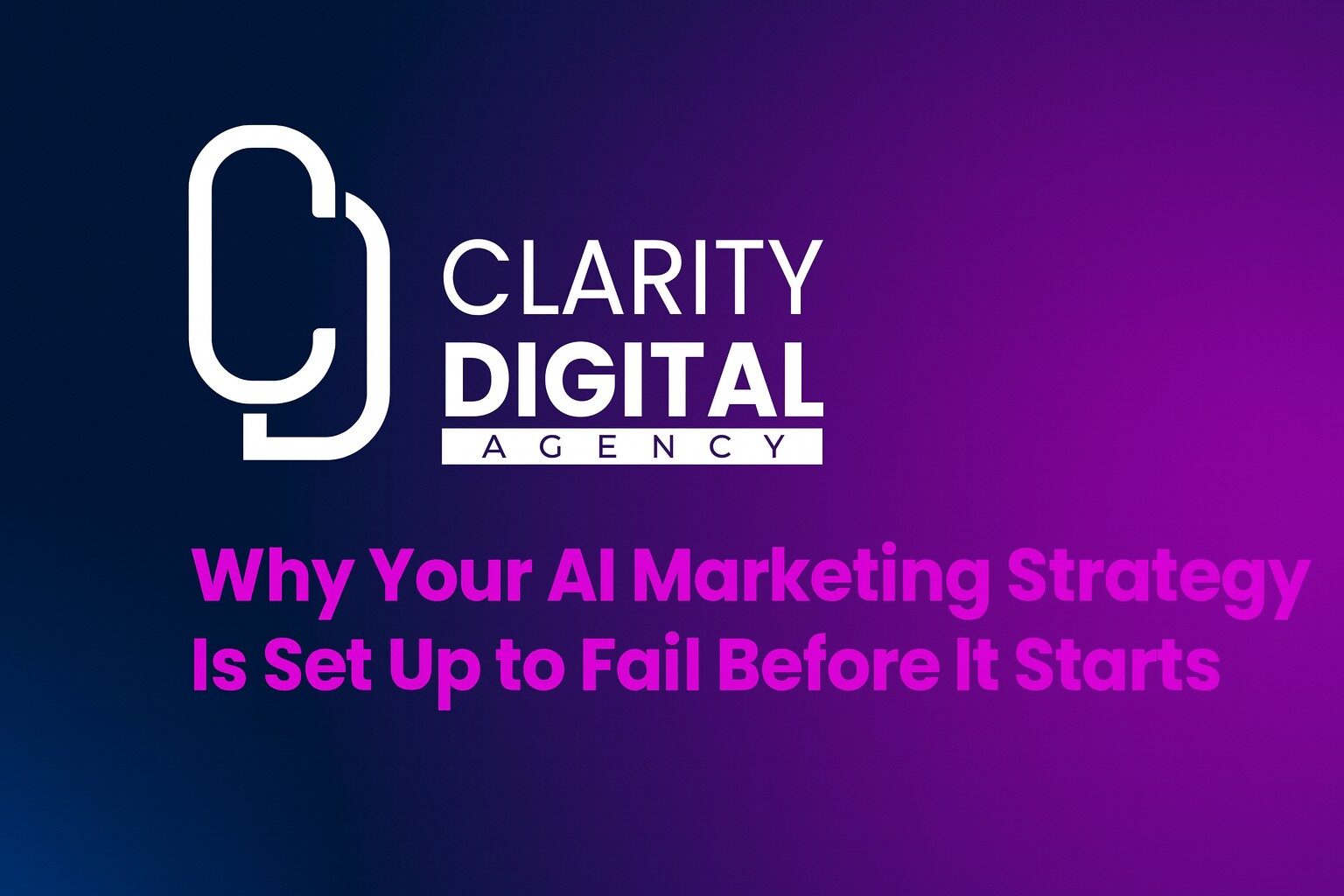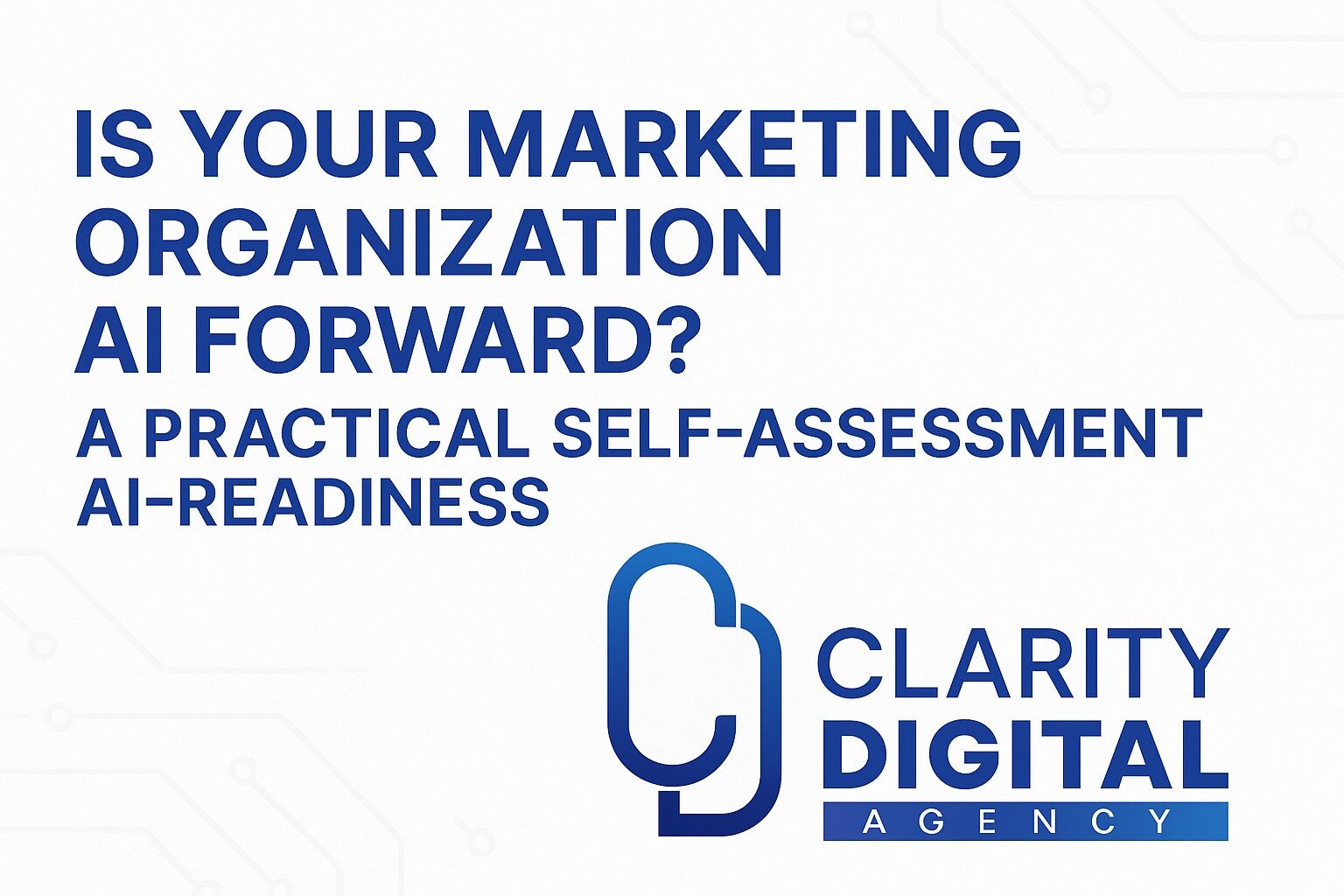Software buyers in 2025 are more willing to invest in technology, but they are significantly more cautious about who they buy from. According to new research from Gartner Digital Markets, 82 percent of growth-focused businesses plan to increase software spending this year. However, this spending is accompanied by increased scrutiny, complex buying journeys, and an expectation for security, AI clarity, and exceptional trial experiences. SaaS companies that understand these evolving buyer behaviors and align their marketing and product strategies accordingly will dominate the market. This post breaks down the major buying trends for 2025 and outlines specific actions SaaS marketers and software vendors should take to succeed.
The SaaS Opportunity in 2025 Is Real, But It Comes with Pressure
For SaaS companies and software vendors, 2025 presents both a huge opportunity and a significant challenge. While budgets are increasing and buyer intent is strong, the path to securing a sale is more complex than ever. In an increasingly saturated market, simply having a good product is no longer enough. Buyers want proof, transparency, and experiences that instill confidence. Based on new data from Gartner Digital Markets’ 2025 Tech Trends Survey, this post outlines the major trends shaping software buying behavior and how your SaaS marketing strategy must evolve to stay competitive.
Bigger Budgets Are Creating Higher Standards
According to Gartner, 82 percent of growing businesses will spend more on software in 2025 compared to 2024. This is a global trend, with buyers in India, Brazil, and Germany leading the charge. Industries like insurance, marketing and advertising, and information technology are among the most aggressive spenders.
However, this is not a free-for-all. Buyers are allocating more budget precisely because the demands of digital transformation and security are higher. They are not just looking to expand their software stack. They are trying to future-proof it. Every dollar must drive value without introducing unnecessary risk.
Security Is Now the Top Priority in Software Decisions
Security is no longer a feature. It is a deal breaker. The number of buyers citing security concerns as a top challenge increased by 46 percent since 2024. More than one-third of software buyers now prioritize IT security tools in their budgets. It does not matter how innovative or feature-rich your platform is. If it introduces vulnerabilities, buyers will walk away.
For SaaS marketers, this means your messaging and product pages must clearly articulate how your solution protects users, their data, and their systems. Certifications, secure architecture, and visible compliance standards should not be buried in footnotes. They need to be front and center.
AI Confusion Is Replacing AI Excitement
The number of AI tools listed on Gartner Digital Markets nearly doubled in 2023. As a result, 34 percent of buyers now say assessing the value and risk of generative AI is a top challenge, a 70 percent increase from the prior year.
The AI conversation has shifted from excitement to evaluation. Buyers are asking whether the AI features in your product add meaningful functionality or simply clutter. For SaaS marketing teams, this means you need to explain your AI features in clear terms. What business problem does your AI solve? How is it better than what your competitors offer? If buyers cannot answer those questions after reviewing your content, you will likely lose their interest.
How Buyers Build and Refine Software Shortlists
Most buyers start their journey with an informal list of software vendors. According to Gartner, 81 percent of buyers often end up purchasing from that initial list. But getting on that list is harder than it looks. Buyers typically include just 4.4 vendors initially, and this number drops to 3.5 by the time they build their final shortlist.
The biggest drivers of initial consideration are:
- Brand reputation
- Previous experience with the vendor
- Peer recommendations
That means your SaaS marketing efforts should not just focus on lead generation. They need to focus on brand positioning, digital visibility, and review generation. If you are not visible where buyers start their journey, you will not be part of the final conversation.
Third-Party Validation Is More Influential Than Your Sales Pitch
Buyers trust customer reviews, independent comparisons, and expert recommendations far more than they trust vendor content. According to the survey, only 23 percent of buyers are influenced by advertisements. In contrast, 41 percent cite verified customer reviews as the most influential source when forming a shortlist.
This has implications for both your SEO and AIO strategy. Your software must be accurately and positively represented on sites like Capterra, GetApp, G2, and Software Advice. GenAI tools increasingly pull their insights from these platforms. If your presence there is outdated or negative, your ranking in generative search results could suffer.
The Product Trial Is the Single Most Important Factor in Final Decisions
Once buyers have narrowed down their options, they do not test every product. In fact, Gartner found that buyers typically engage with only 2.5 vendors out of the 3.5 on their shortlist. This includes demos, pricing conversations, or trials.
And the trial is what seals the deal. Sixty-two percent of buyers say the product trial is the top factor in their final purchase decision. In second place is customer support, followed by product demos and the sales representative.
This is critical for SaaS marketing teams. Your trial experience must be frictionless and high-value. The onboarding process should help users see the power of your software quickly, without requiring a sales conversation. This is not the time to gate features or limit functionality. It is the time to prove value.
Software Purchase Regret Is High and Leads to Churn
Closing the deal is not the end of the journey. It might not even be the halfway point. According to the survey, 59 percent of software buyers regret at least one purchase they made in the past 18 months. This is a staggering figure. Most of these buyers end up switching vendors, creating an expensive churn loop for providers.
The most common reasons for regret include:
- Higher-than-expected costs
- Security vulnerabilities
- Implementation challenges
- Reduced productivity
- Poor post-sale support
To prevent regret and long-term churn, SaaS providers must align pricing expectations, ensure a seamless implementation process, and proactively support users during onboarding. Do not assume that a new user is a loyal customer. Assume they are evaluating you continuously.
Key Actions SaaS Marketing and Growth Teams Must Take in 2025
- Align SEO and AIO strategies. Optimize for both Google and AI-based engines like ChatGPT and Perplexity by ensuring your listings are accurate and complete across review and comparison platforms.
- Lead with security. Highlight certifications, secure architecture, and data protection in every sales asset and webpage. Buyers will eliminate vendors they do not trust.
- Clarify your AI positioning. Do not rely on buzzwords. Explain what your AI does and why it matters in a specific business context.
- Design an exceptional trial experience. Let your product speak for itself. Make trials self-service when possible and ensure support is easily accessible.
- Proactively manage your digital reputation. Encourage verified reviews, respond to feedback, and maintain consistency across platforms. This is your digital footprint, and buyers trust it more than your sales team.
- Invest in post-sale success. Onboarding and implementation must be as strong as your marketing. Consider assigning dedicated success managers or automating your onboarding to avoid regret-based churn.
Final Thoughts: Turning Buyer Trends Into Competitive Advantage
The software buying journey in 2025 is more informed, more cautious, and more complex than ever before. But it is also full of opportunity for SaaS vendors who take the time to understand buyer behavior and adapt their strategy accordingly. The winners will be the companies who combine product excellence with strategic marketing, trustworthy visibility, and long-term customer care.
At Clarity Digital Agency, we specialize in helping SaaS businesses stand out in saturated markets. From AI-optimized search strategies to trial conversion funnels and brand positioning, we help you get noticed, get chosen, and get results.
Clarity Digital Agency Can Elevate Your SaaS Marketing Strategy
Want to know how your SaaS brand is performing across buyer channels? Request a free SaaS marketing assessment from Clarity Digital Agency today.





